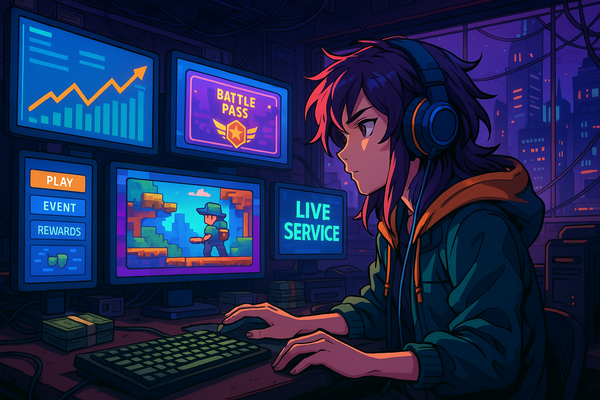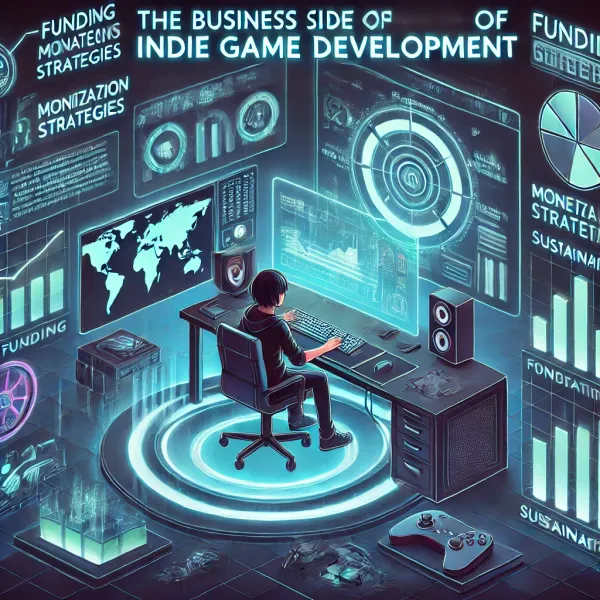In-Game advertising for indie developers: How to generate revenue without disrupting gameplay
In-game advertising has evolved into a powerful monetization strategy, especially for indie developers who want to generate revenue while keeping their games accessible. When implemented thoughtfully, ads can offer a supplementary income stream without alienating players or disrupting the gameplay experience. This article explores the different types of in-game ads, how to integrate them seamlessly, and best practices to ensure they enhance rather than detract from player enjoyment.
1. Understanding In-Game advertising
In-game ads involve placing advertisements directly into the game environment, which players can view as they play. These ads can take many forms, including banner ads, rewarded videos, or interstitial ads (full-screen ads that appear at natural breaks in gameplay). For indie developers, this model allows even non-paying players to contribute to the game’s revenue (Kodex, Cominted Labs).
The key to successful in-game advertising is to ensure that ads don’t disrupt the player experience. Done right, ads can feel like a natural part of the game’s environment—such as billboards in a cityscape or background posters in a racing game (The Game Marketer).
2. Types of In-Game Ads
- Banner Ads: Small ads placed at the top or bottom of the screen, providing non-intrusive visibility but lower revenue compared to other ad formats.
- Rewarded video Ads: Players voluntarily watch a full-screen ad in exchange for in-game rewards like currency or extra lives. These are popular because they provide a direct benefit to players without breaking immersion.
- Interstitial Ads: Full-screen ads that appear at transition points, such as between levels or after a match. While they generate more revenue, overuse can frustrate players.
3. Best practices for seamless Ad integration
For in-game ads to succeed without pushing players away, developers must carefully consider ad placement and frequency. Ads should be integrated into the game’s world in ways that feel natural. For instance, placing ads on billboards in racing or sports games can enhance realism rather than detract from immersion (Anzu).
Moreover, rewarded video ads are generally preferred because they give players control over whether or not they engage with the ad. Players appreciate the opportunity to earn rewards without feeling forced to watch ads.
4. Choosing the right Ad partners
Indie developers need to partner with ad networks that offer the right tools for integration. Networks like AdMob, Unity Ads, and AdInMo provide extensive reach and tailored solutions for indie developers. These platforms offer analytics tools to track ad performance, allowing developers to optimize placements and fine-tune their strategies.
5. Balancing Ads with gameplay
Successful in-game advertising involves a careful balance between revenue generation and gameplay quality. Ads should not overwhelm players or become the focal point of the experience. By gathering player feedback and continuously refining ad placement and frequency, developers can ensure that ads feel like a seamless part of the game rather than a disruption.
In-game advertising provides indie developers with a sustainable revenue stream, especially when other monetization models may not be feasible. By choosing the right ad formats, integrating them thoughtfully, and continuously optimizing placements based on player feedback, developers can generate income without compromising the player experience.




